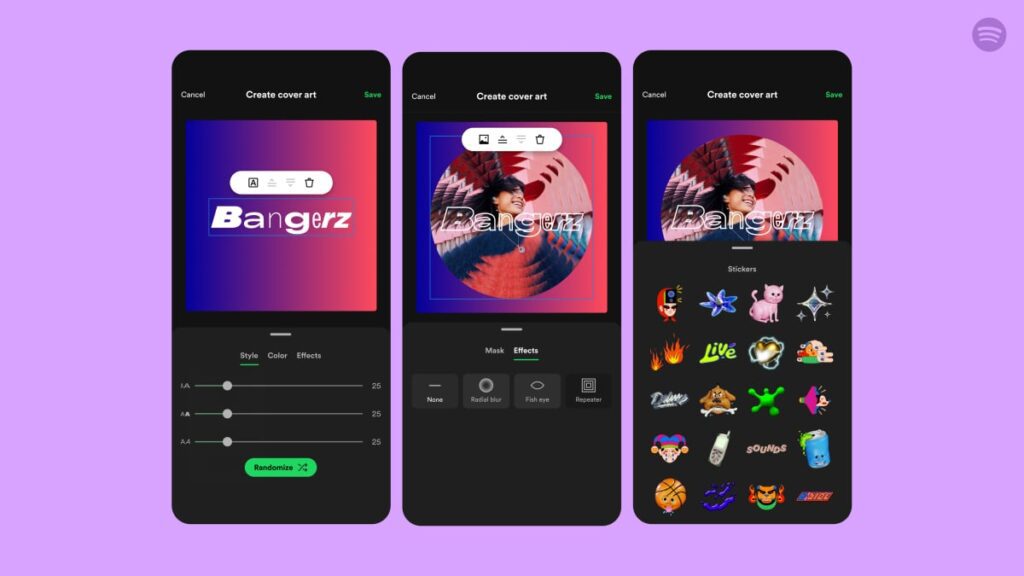Spotify Rolls Out Feature to Fuel User Creativity in Playlist Making
In a move that bucks the recent trend of AI-generated content, music streaming giant Spotify has introduced a feature that allows users to create custom artwork for their playlists. This new tool, available in 65 English markets, enables users to craft unique visual collages directly within the app, using a combination of images, text, and stickers to reflect the personality of their playlists.
Spotify has partnered with artists like Clairo and Jamie xx to promote the feature, with Clairo sharing her own experience of using the tool. “I used the new artwork tool on Spotify to make the playlist cover. It reminds me a lot of scrapbooking: labeling different eras of my life with different pictures, shapes, and colors,” the “Bags” singer wrote in a blog post. Her contribution to the custom cover art launch showcases the tool’s capabilities, offering users a glimpse into the creative possibilities.
To access the feature, users simply need to select the playlist they’ve created, tap the three dots, and click “Create Cover Art.” From there, they can upload images, add text and stickers, and customize their artwork as desired. Once complete, the new cover art will be automatically applied to the playlist.
While this update may seem minor at first glance, it’s a notable departure from Spotify’s recent focus on AI-generated content. Last month, the platform introduced AI Playlists for premium users in select markets, allowing them to generate custom playlists based on niche prompts. This move, coupled with the existing AI DJ feature, raised concerns that user-generated playlists might be falling by the wayside. However, the new artwork tool offers a welcome respite from AI-driven listening, encouraging users to engage with the platform in a more creative and personal way.
By investing in user-generated content, Spotify is signaling its commitment to the art of playlist making – a process that adds depth and meaning to the listening experience. As the platform continues to evolve, it’s heartening to see features like this that put the user at the forefront of creative control.
